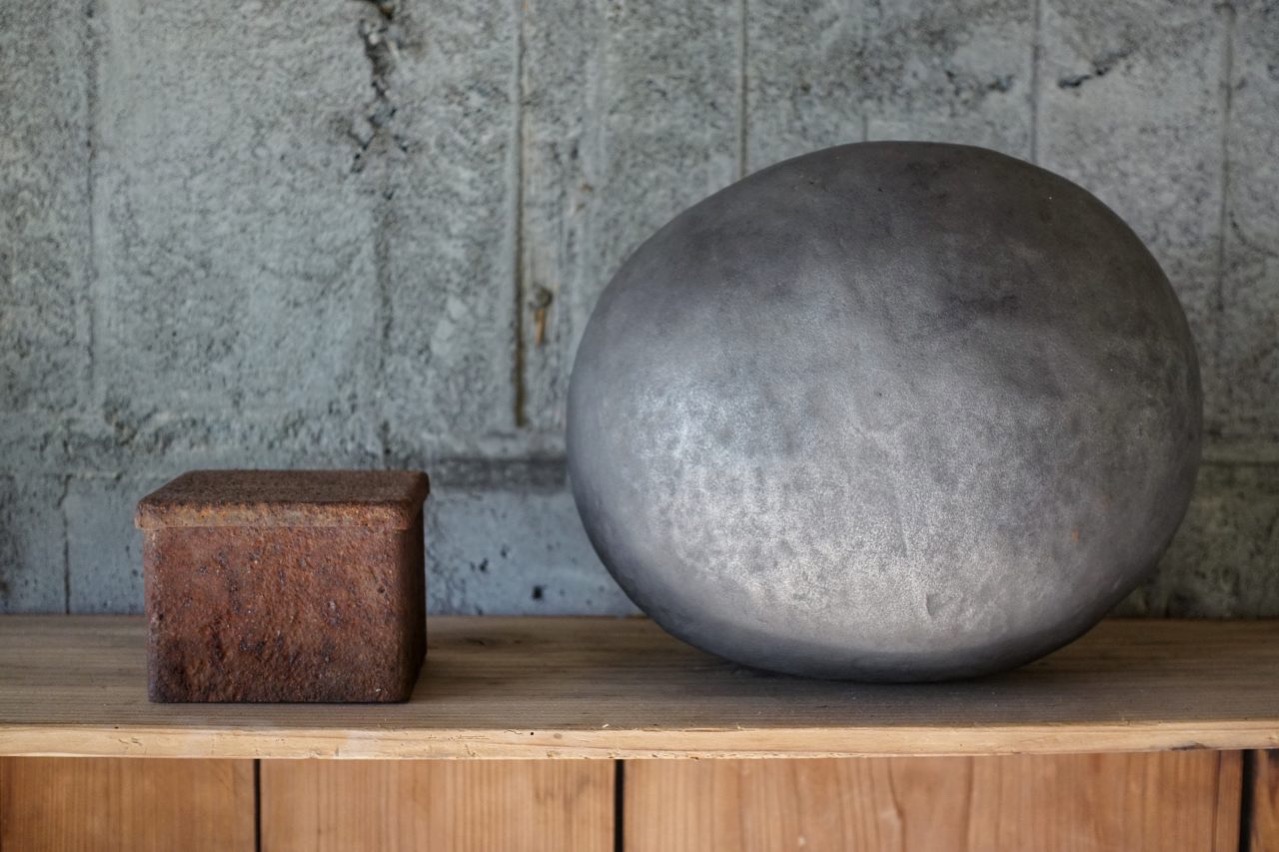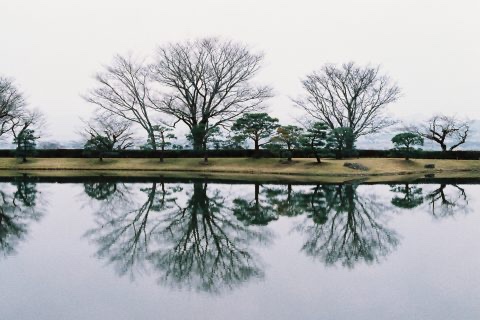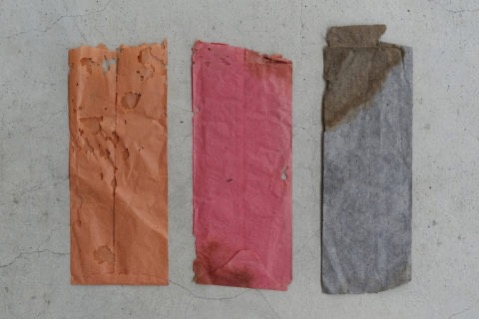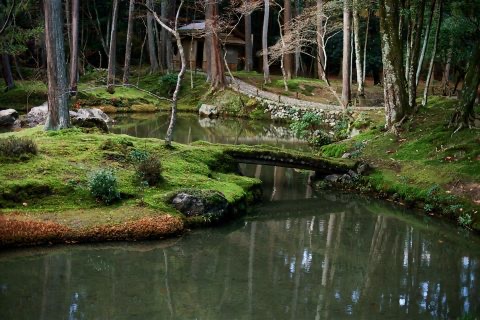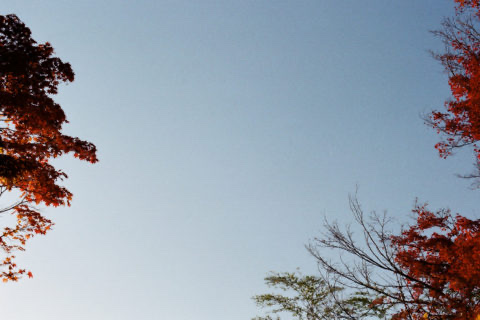
京都開了一家新的漆器店,名為Gallery Yanase,店舖的建築物是中村好文設計的,門是用鐵製的,而且是生了鏽的鐵。乾淨利落的建築上,一大片生鏽的鐵,不知怎地就心生好奇了,特地跑去看。
鐵生鏽很令人嫌惡,撫在手裡時沾得一手鏽紅,而且還有一陣難聞的氣味,雖然如此,鏽鐵仍有其迷人之處。將之擱在室外,任由風吹雨打,鐵先生紅,時間日久,紅脫落了,鐵便越來越單薄,最後變得千蒼百孔,脆弱得不盈一握。到那時候,原來的模樣已難辨,它變成了風雨的模樣,變成了時日變換的模樣。
生了鏽的鍋子、破舊底部快破的手推車、老建築物上剝下來的廢鐵皮,很多人覺得沒用便隨便擱在路邊,我一位做金屬工藝的朋友,見到時卻如獲至寶。鐵鏽雖然可以用化學物催生,但天然的鐵鏽始終獨一無二,他將之帶回家,用刷子洽到好處地把多餘的鐵鏽擦掉,廢棄的鐵材,就成為了製作獨特工藝製品的材料了。
撫著Gallery Yanase的鐵門時,能感到鐵鏽在門上織出了起伏不定的皮膚。工匠使盡辦法造出感官上如此柔和的鏽鐵門,展示著時間與氣候的變化在物件之上的鬼匠神功。鐵鏽的吸引力,除了是物件本身自有其魅力外,大概還因為它展示了萬物在無常變化之中,演化出來的無可掌握的美感。
說起來,日文的侘寂的寂,唸作Sabi,是與鐵鏽同音的,是否因為鐵鏽一物正好示範了抽象的侘寂美學呢?
(圖中為金森正起的作品)
Gallery Yanase is a newly opened lacquerware shop in Kyoto. Nestled in a building designed by Yoshifumi Nakamura, the shop features a steel door, or to be more precise, a rusty steel door. This massive piece of rusty steel on the facade of a sleek architecture somehow triggered my curiosity and led me to make a trip to the shop.
Rust is annoying not only because of the reddish stain it leaves on your hand, but also of its distinctive odor. Stain is, however, not at all unattractive. Placing a piece of metal outdoor and allow it to be altered by wind and rain, the surface will first turn reddish; as time goes by, as the red part comes off, the metal itself will become thinner and thinner. In the end, it will become so ragged that it can easily be cracked into fragments. When its original appearance becomes unrecognizable, all that’s left is the traces of different weather it has encountered in its life.
A rusty pot, a trolley that has a deteriorated bottom, worthless metal sheets that fell off from some old buildings… In the eyes of my friend who is a metalwork artisan, these so-called “waste” are gems. Although there are chemicals that can be applied to stimulate the formation of rust, the naturally formed rust has its own unique characteristics that cannot be obtained through human manipulation. He brings these rusty metal pieces home and carefully brushes away the excessive rust; the waste can then turn into useful material for him to create one-of-a-kind metalwork.
The steel door of Gallery Yanase has an irregular surface, one can sense how the artisan created a texture that is not only tender, but at the same time strong enough to depict how time and climate left a trace on physical objects. Rust on metal has a charming personality, it also narrates the story of how the ever-changing world creates unexpected beauty.
Now that I remember, “rust” is pronounced as “Sabi” as in “Wabi-Sabi” — is it a coincidence, or did Wabi-Sabi get its name because rust carries the abstract sense of beauty that Wabi-Sabi praises?
(Artwork captured by photo is created by Masaki Kanamori)
